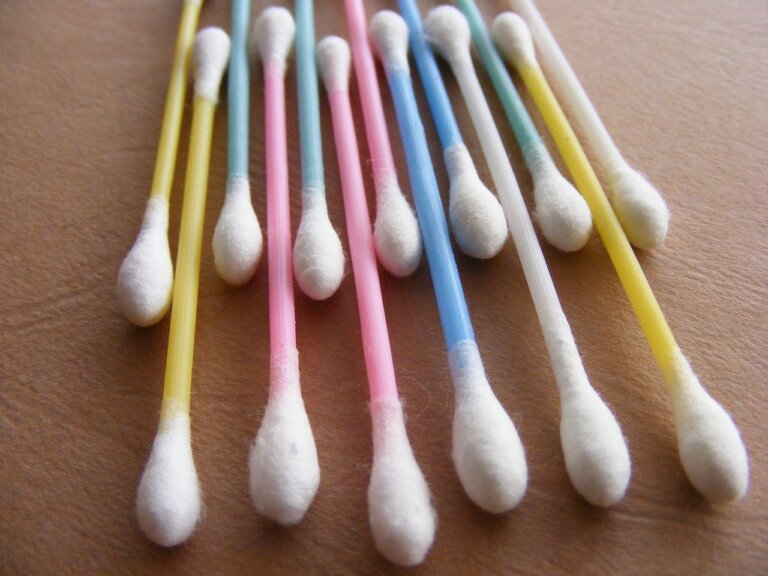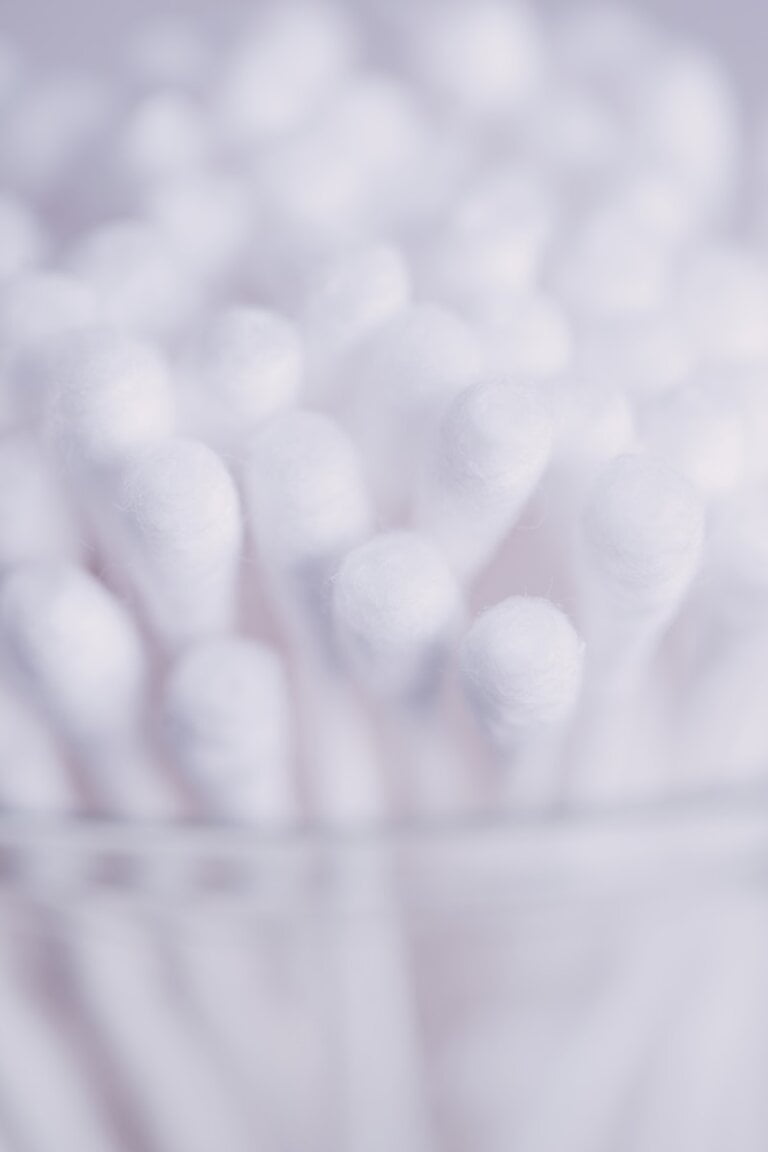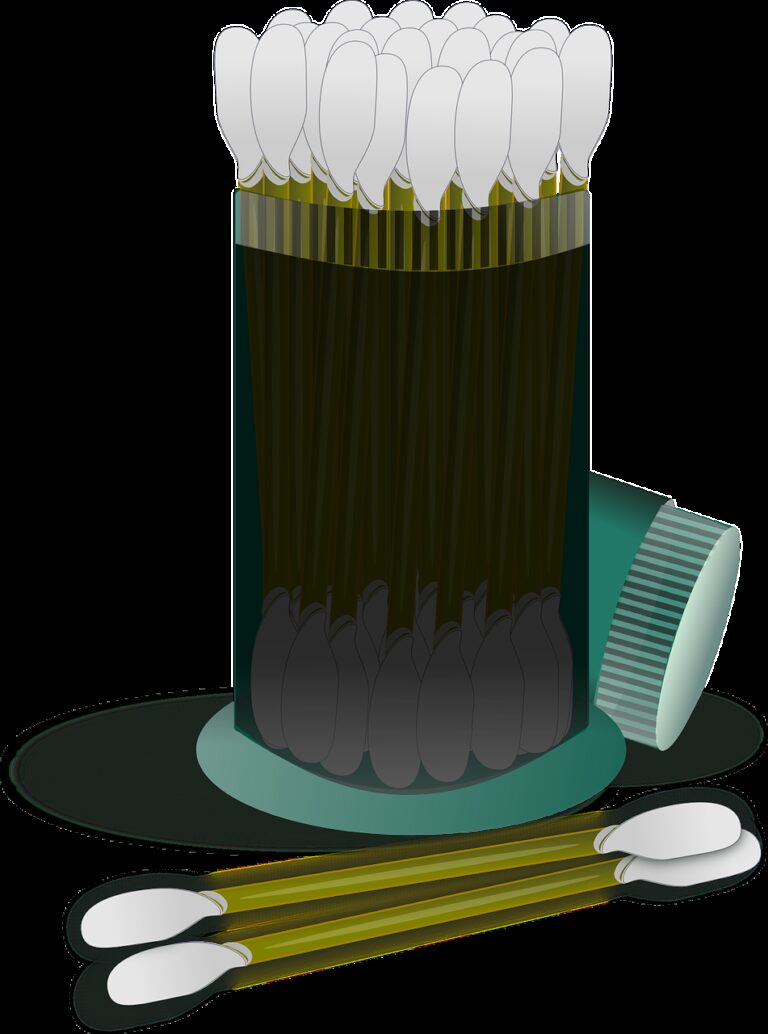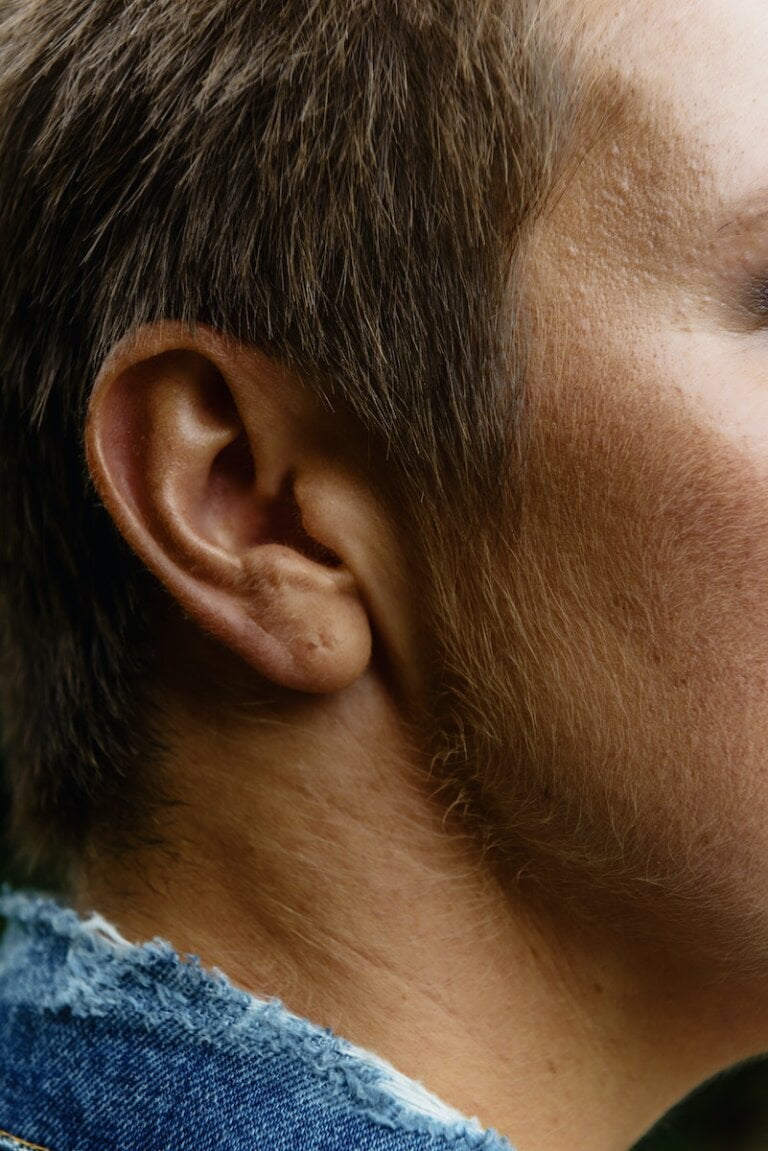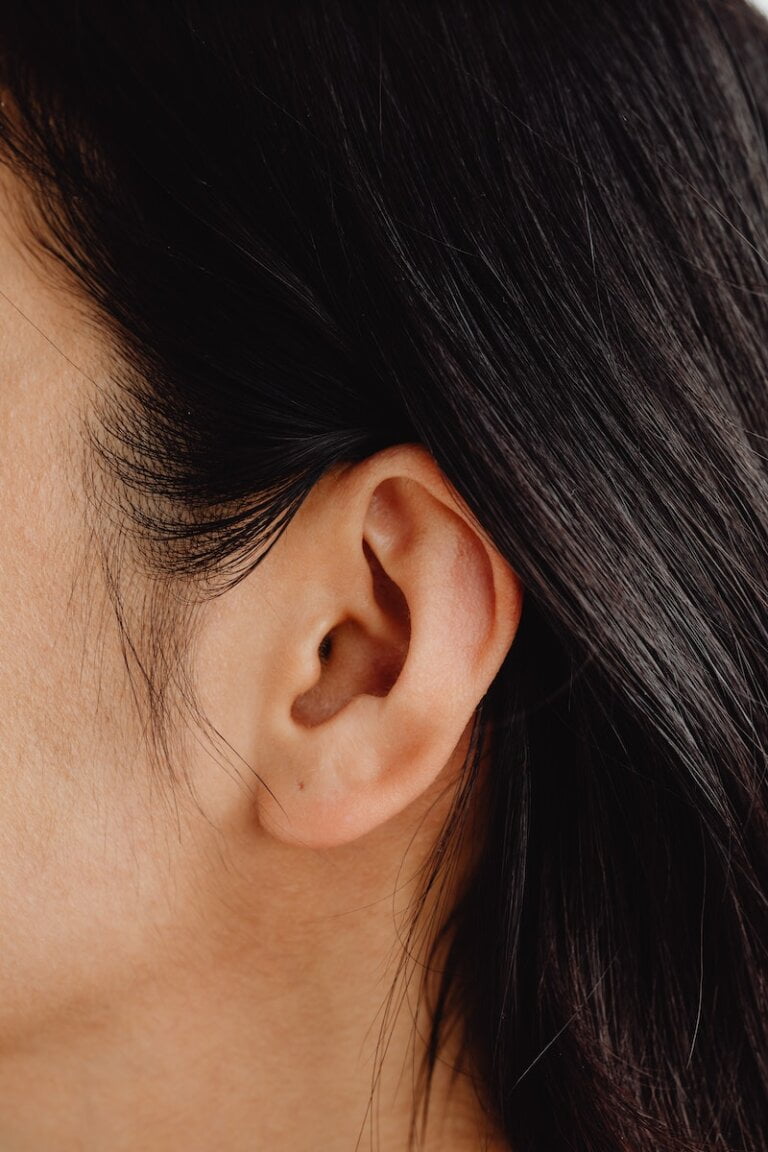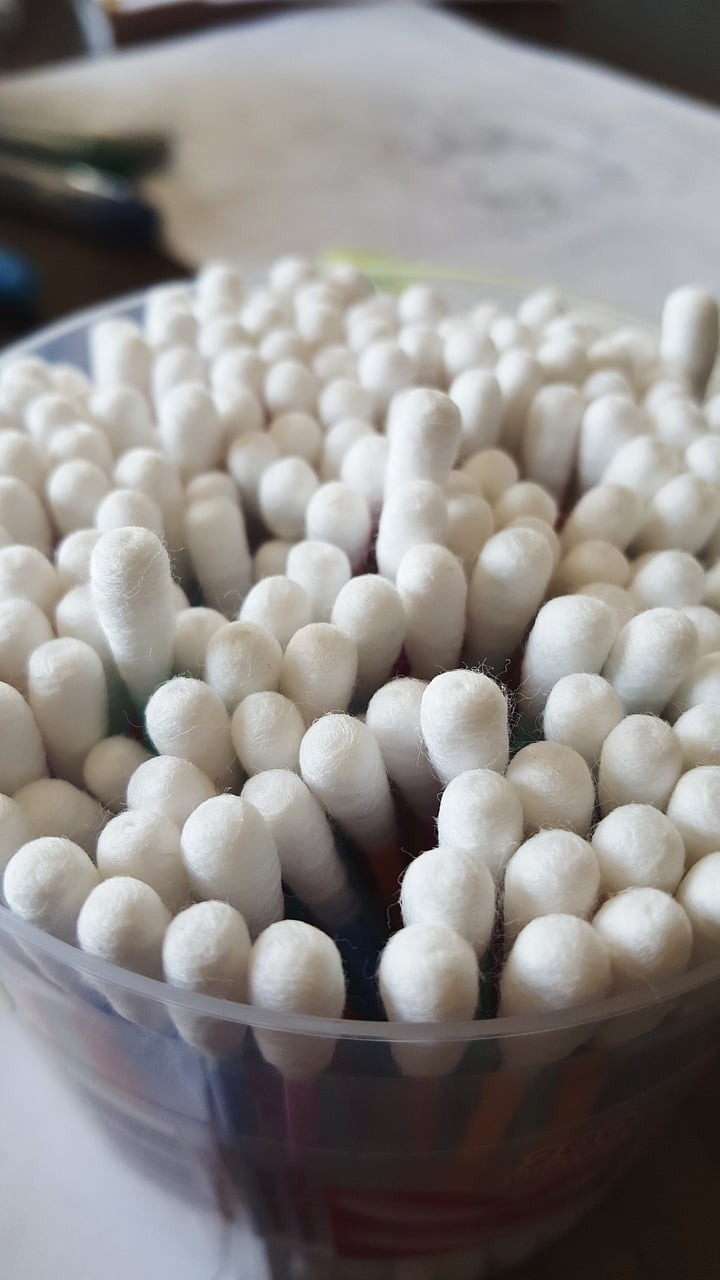The Building Blocks: Investigating the Components of Ear Wax
Our ears are incredible organs that not only enable us to perceive the sounds of the world around us but also play a critical role in maintaining our balance. However, they also produce a substance that often sparks curiosity and, at times, discomfort – ear wax. In this comprehensive article, we will delve into the fascinating world of ear wax, exploring its composition and functions in detail.
What is Ear Wax?
Ear wax, scientifically known as cerumen, is a yellowish, waxy substance produced by the ceruminous glands found in the ear canal. While some might find it unpleasant, ear wax actually serves several vital functions in maintaining ear health. Understanding its purpose can help us appreciate its significance.
Composition of Ear Wax
Ear wax consists of a mixture of various substances, each contributing to its unique properties:
- Cerumenocytes: Specialised cells found in the ear canal that are responsible for the production of ear wax. These cells work together to create and regulate the amount of ear wax produced.
- Sebaceous Glands: These glands contribute to the oily component of ear wax. The secretion from sebaceous glands helps to keep the ear canal lubricated and prevents it from drying out.
- Sweat Glands: Sweat glands present in the ear canal add moisture to the ear wax, ensuring that it remains soft and pliable. This moisture is essential for the proper functioning of the ear wax in trapping debris and foreign particles.
- Desquamated Skin Cells: Like other parts of our body, the ear canal also sheds dead skin cells. These skin cells become part of the ear wax, contributing to its composition. The presence of dead skin cells in ear wax is a natural occurrence and plays a role in the self-cleaning mechanism of the ear canal.
- Lysozymes: These enzymes provide the ear wax with antibacterial properties. Lysozymes help to inhibit the growth of harmful bacteria and fungi, preventing infections and maintaining the cleanliness of the ear canal.
- Lipids and Cholesterol: These substances give ear wax its waxy consistency. The lipids and cholesterol present in ear wax contribute to its sticky nature, helping to trap debris and foreign particles.
It is important to note that the exact composition of ear wax can vary from person to person. Factors such as genetics, age, and environment can influence the proportions of these components.
Functions of Ear Wax
Despite the occasional inconvenience it may cause, ear wax plays several crucial roles in maintaining ear health:
1. Lubrication and Moisturisation
Ear wax acts as a natural lubricant for the ear canal, preventing dryness and discomfort. It helps to keep the delicate skin of the ear canal moisturised, preventing it from becoming dry, itchy, or irritated. Proper lubrication and moisturisation are essential for the overall well-being of the ear.
2. Protection
One of the primary functions of ear wax is to act as a protective barrier. It prevents foreign objects like dust, debris, and insects from entering the ear canal. The sticky consistency of ear wax helps to trap these particles, preventing them from reaching the eardrum. This protective mechanism is crucial in preventing potential damage to the delicate structures of the ear.
3. Antibacterial and Antifungal Properties
Ear wax contains lysozymes, which provide it with antimicrobial properties. These enzymes help to inhibit the growth of bacteria and fungi, keeping the ear canal clean and reducing the risk of infections such as otitis externa, commonly known as swimmer’s ear. The presence of lysozymes in ear wax contributes to its role as a natural defense mechanism.
4. Self-Cleaning Mechanism
The ear canal has a remarkable self-cleaning mechanism. New ear wax is continuously produced near the eardrum and gradually moves outward. As it moves, it carries along any trapped debris, dead skin cells, and excess ear wax. This self-cleaning process helps to maintain a healthy environment in the ear canal, preventing blockages and allowing the ear to function optimally.
Common Misconceptions about Ear Wax
To better understand ear wax and its significance, it is important to address some common misconceptions:
1. More Ear Wax is Not Necessarily a Bad Thing
The amount of ear wax produced varies from person to person, and having more ear wax does not necessarily indicate poor hygiene. In fact, some individuals naturally produce more ear wax due to genetic factors or environmental influences. The key is to maintain a balance and ensure that the ear wax does not lead to blockages or discomfort.
2. Ear Wax is Not Always a Sign of Infection
While excessive ear wax can sometimes cause discomfort or hearing difficulties, it does not always indicate an infection. In many cases, a build-up of ear wax can be easily resolved through simple cleaning methods or with the assistance of a healthcare professional. It is important to avoid jumping to conclusions and seek appropriate guidance when dealing with ear wax-related concerns.
3. Avoid Using Cotton Swabs
Using cotton swabs or any other objects to clean the ears is not recommended. It can push the ear wax deeper into the ear canal, potentially causing blockages or injuring the delicate structures of the ear. Instead, consult with a healthcare professional for safe and effective ear cleaning methods. They can provide guidance on proper techniques or recommend suitable products for ear wax management.
Managing Ear Wax Build-Up
In some cases, individuals may experience a build-up of ear wax that requires attention. Several methods can help manage ear wax build-up effectively:
1. Ear Drops
Over-the-counter ear drops specifically designed for ear wax removal can soften and loosen the wax, making it easier to remove. These drops often contain ingredients that help break down the wax, allowing it to naturally exit the ear canal. It is important to carefully follow the instructions provided and consult a healthcare professional if you have any concerns or underlying conditions.
2. Manual Removal
In some cases, an Audiologist may need to manually remove excess ear wax using specialised instruments. This method is typically reserved for more severe cases or when other methods have been ineffective. Manual removal should always be performed by a trained professional to minimise the risk of injury and ensure the well-being of the ear. Microsuction is the most popular method of wax remove. This uses a gentle suction to remove wax. This method has been found to be the most safe and effective.
Conclusion
Ear wax, despite its occasional bothersome nature, plays a vital role in maintaining ear health. Its composition and functions make it an important component of our body’s defense system. Understanding the building blocks of ear wax can help us appreciate its significance and take appropriate measures when necessary. Remember, it is always advisable to consult with an Audiologist for proper ear wax management and cleaning methods to ensure the well-being of your ears.


